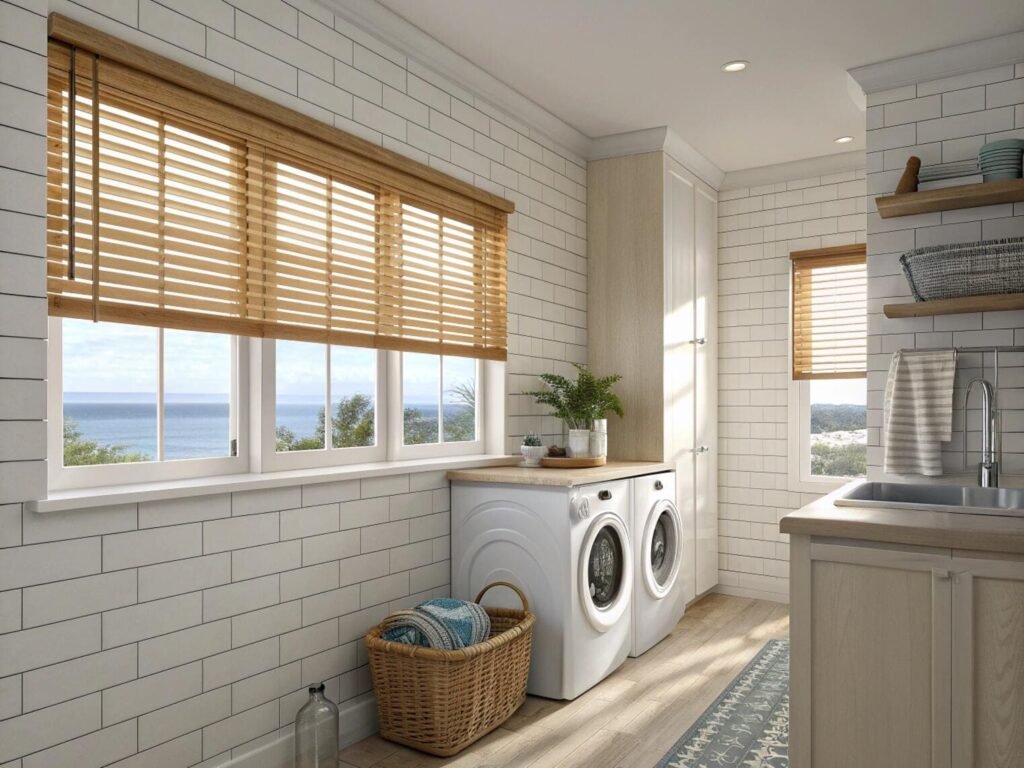You’re trying to choose between the classic beauty of real wood and the practical appeal of faux wood blinds for a project. You're worried about making the wrong call on durability, cost, and overall performance.
Faux wood blinds are cheaper and more durable in high-humidity areas[^1], while real wood blinds are lighter, offer better insulation[^2], and have more custom stain options[^3]. The best choice depends entirely on the room and a project's budget.
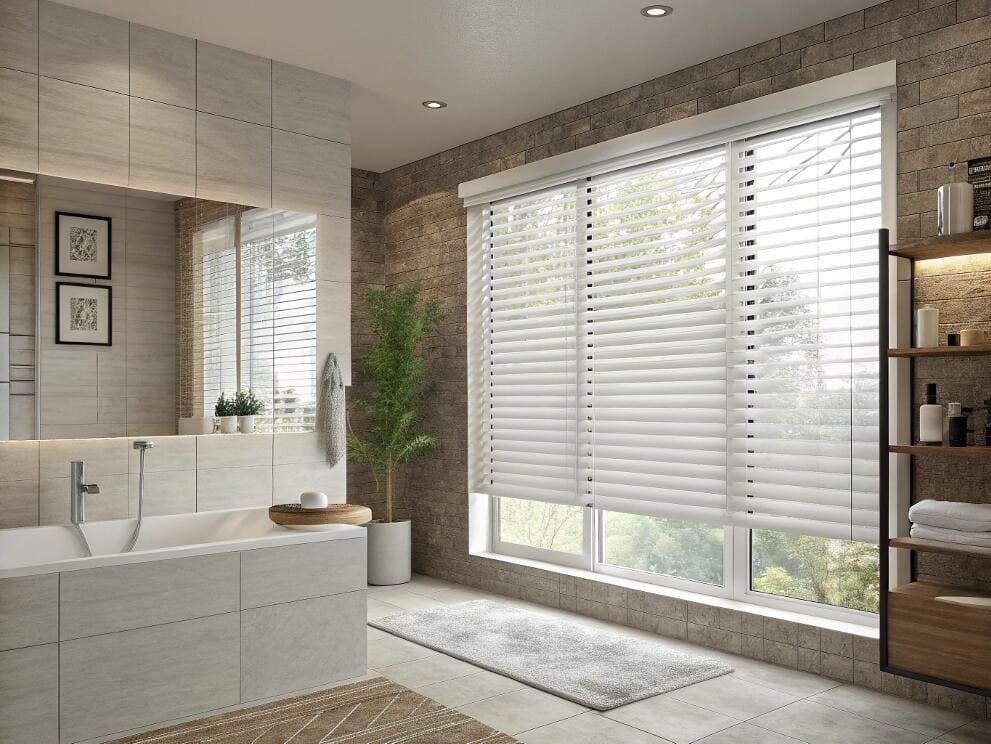
This is one of the most common decisions project buyers and designers face. On the surface, the two products look very similar, but they perform very differently in certain conditions. I've been manufacturing and supplying blinds for over a decade, and I've seen firsthand where each product shines—and where it fails. Understanding the core differences in material, cost[^4], and longevity is the key to specifying the right blind with confidence and avoiding costly mistakes down the line.
Are faux wood blinds more durable?
You’re outfitting a kitchen, bathroom, or a home in a humid climate. You need a blind that won't warp[^5], crack, or peel when exposed to constant moisture and temperature changes.
Yes, in wet or humid environments, faux wood blinds[^6] are significantly more durable. They are made from a composite PVC material[^7] that is completely resistant to moisture, making them the only choice for these spaces.
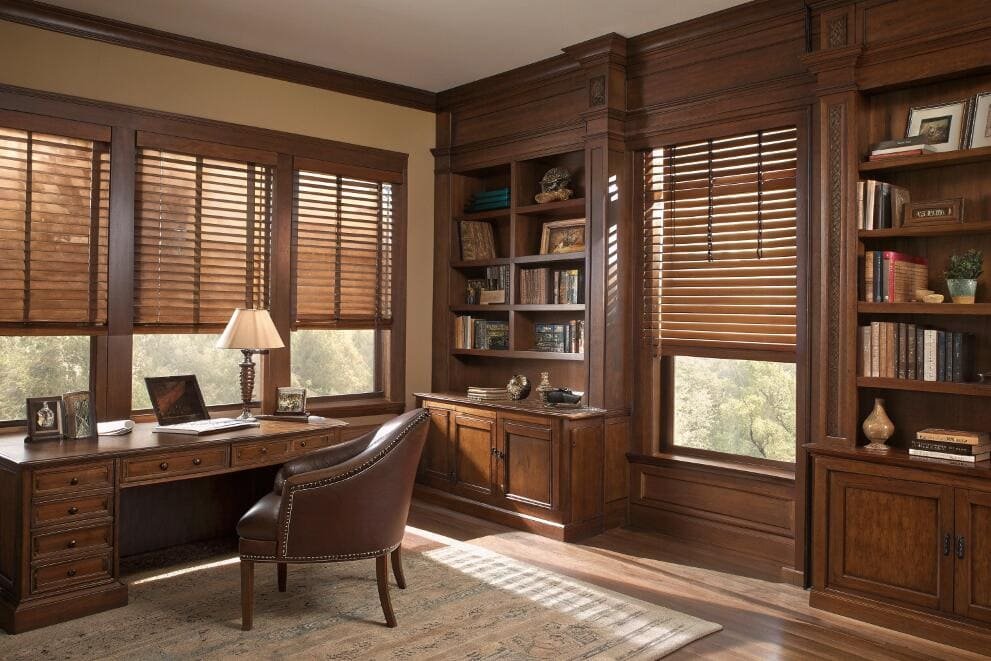
From my experience, this isn't even a debate; it's a technical requirement. I've seen beautiful, expensive real wood blinds[^8] installed in a master bathroom only to have them warp[^5] and crack within three years. Real wood is a natural material that absorbs moisture from the air. In a room with humidity levels over 85%, like a bathroom after a hot shower, the wood will swell and eventually get damaged. Faux wood blinds are made of a water-proof composite. They will not absorb moisture. This makes them perfect for kitchens, bathrooms, laundry rooms, and any project in a tropical or coastal climate. For any space where moisture is a factor, I always tell my clients that faux wood is the only long-term, reliable solution.
What is cheaper, wood blinds or faux wood blinds?
Your client wants the classic, polished look of 2-inch wood blinds throughout their property, but the budget is tight. You need a way to deliver the style they want without the high price tag.
Faux wood blinds are significantly cheaper, typically costing around 50% less than real wood blinds. This major cost difference allows you to achieve the wood-look aesthetic on a much stricter budget.
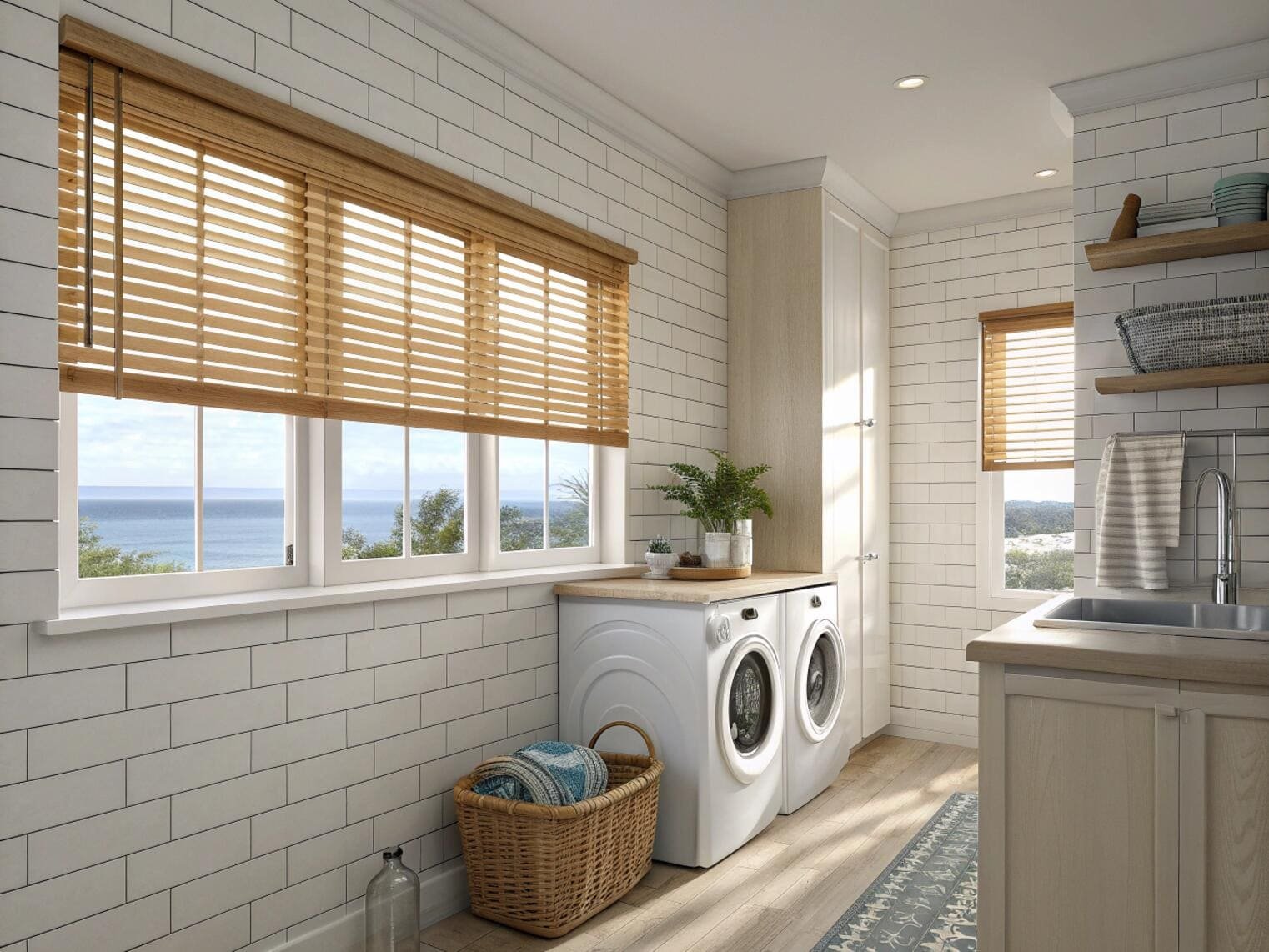
The price difference is the number one reason project managers choose faux wood. To give you a concrete example, for a standard 24” x 36” window, a good quality faux wood blind might cost under $50. A real wood blind for the same window will easily be over $100. When you scale that up for a whole-house or commercial project, the savings are substantial. This cost difference comes down to the raw materials. Faux wood is made from affordable and easy-to-manufacture PVC composite, while real wood blinds are typically crafted from premium basswood[^9], which is more expensive to source and mill. For projects where the budget is the main driver, switching from real wood to faux wood is one of the easiest ways to save a significant amount of money without sacrificing the overall style.
What is the life expectancy of faux wood blinds?
You're specifying products for a new build or renovation and need to understand the return on investment. You want to know if the cheaper price of faux wood means you'll be replacing them much sooner.
Custom-grade faux wood blinds have a typical life expectancy[^10] of 3-7 years. In contrast, real wood blinds, with proper care, can last 8-10 years or more, making them a longer-term investment.
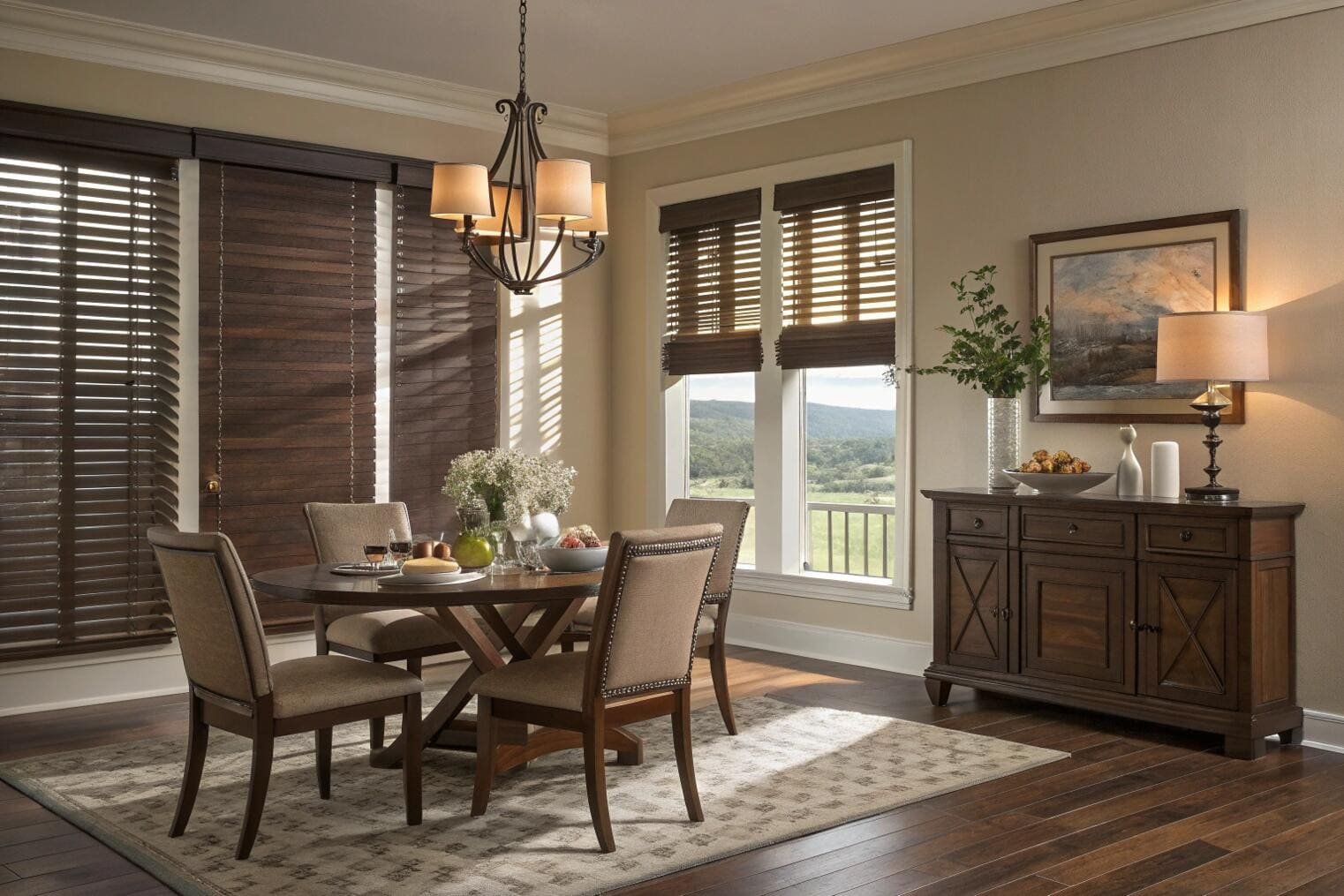
This is a classic trade-off between upfront cost and long-term value. While faux wood is moisture-proof, it doesn't have the same structural longevity as real wood. Here's a quick breakdown:
| Blind Type | Quality | Average Lifespan | Best Use Case |
|---|---|---|---|
| Faux Wood | Stock / Off-the-shelf | 2–5 Years | Rental properties, short-term fix |
| Faux Wood | Custom Grade | 3–7 Years | Budget-conscious projects |
| Real Wood | Custom Grade | 8–10+ Years | High-end residential, long-term investment[^11] |
As you can see, the quality of the faux wood matters. I always advise my clients to avoid the cheap, off-the-shelf versions, as they often fail quickly. Our custom-grade faux wood provides a solid balance of cost and durability[^12]. However, if the client's goal is to buy one set of blinds and have them last for a decade or more, real wood is the superior investment, provided it's not in a high-humidity area.
What are the disadvantages of faux wood blinds?
Faux wood seems like a perfect, budget-friendly solution, but you suspect there must be some drawbacks. You need to know the potential negatives before specifying them for a large window or a high-end project.
The main disadvantages are their weight[^13] and aesthetic limitations[^14]. Faux wood slats are heavier than wood, which can make large blinds difficult to lift and can strain the mechanisms over time.
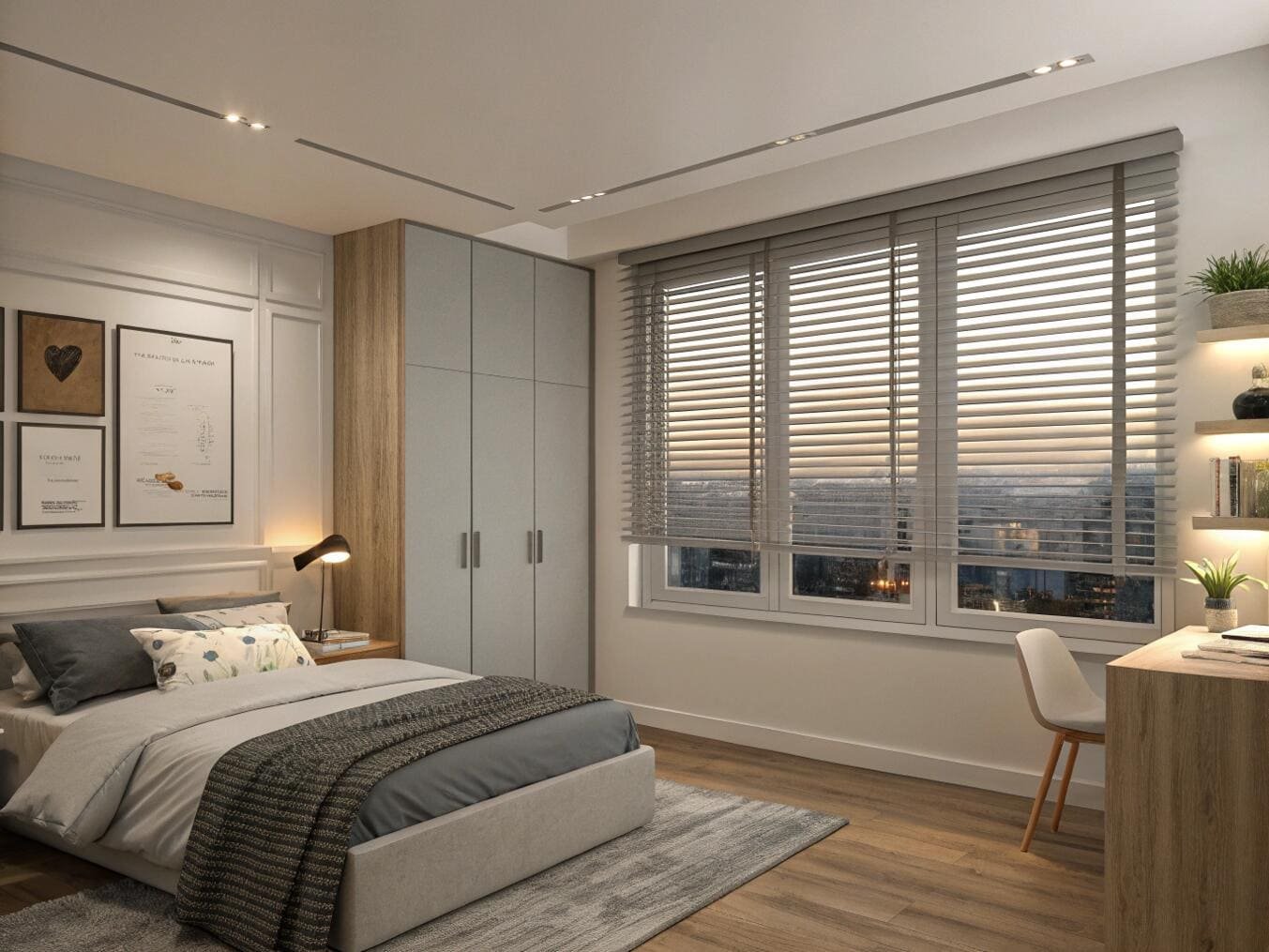
The weight[^13] is a real practical concern. The composite material used for faux wood is much denser than natural basswood. On a small or medium-sized window, you won't notice it. But on a very wide or long window, that extra weight adds up. Lifting the blind can require significant effort, and over the years, it can cause wear and tear on the cord locks and tilting mechanisms. The other disadvantage is in the aesthetics. While faux wood looks fantastic in standard colors like white, off-white, and gray, it struggles to replicate the rich, authentic look of a dark wood stain. For projects where you need to perfectly match a dark walnut floor or cherry furniture, real wood is always the better choice as it can be custom stained for a perfect match.
Do faux wood blinds warp in the sun?
You're installing blinds in a room with large, south-facing windows that get intense, direct sunlight all day. You're worried the heat will cause the blinds to warp, bend, or turn yellow.
No, high-quality faux wood blinds will not warp in the sun. They are engineered to be heat-stable and are manufactured with UVA inhibitors to prevent yellowing and cracking from sun exposure.

This is a common fear, but it's one you don't have to worry about with a quality product. Modern faux wood blinds are designed specifically to handle sun and heat. Unlike real wood, which can dry out and be damaged by extreme heat cycles over time, the composite PVC material[^7] is very stable. The UVA inhibitors integrated into the material are crucial. They act like sunscreen for the blind, protecting it from the sun's rays that cause other plastics to become brittle and yellow. This also makes them incredibly easy to clean. While you have to be careful with real wood blinds (using dry cloths and furniture wax), you can clean faux wood blinds directly with water without any fear of damage. It’s a low-maintenance solution built for real-world conditions.
Conclusion
Choose faux wood for budget-sensitive projects and any high-humidity area like kitchens and bathrooms. Opt for real wood for its superior insulation, lighter weight, and premium, custom-stain finishes in main living areas.
---
[^1]: Learn why faux wood blinds are the best choice for areas with high humidity, like kitchens and bathrooms.
[^2]: Explore how real wood blinds enhance insulation in homes, making them a great choice for energy efficiency.
[^3]: Discover the variety of custom stain options available for real wood blinds to match your decor.
[^4]: Understand the cost implications of choosing faux wood versus real wood blinds for your project.
[^5]: Find out if faux wood blinds can warp in sunlight and how they are engineered to resist damage.
[^6]: Explore the advantages of faux wood blinds, including durability and cost-effectiveness, especially in humid environments.
[^7]: Understand the benefits of composite PVC material in faux wood blinds and its role in durability.
[^8]: Discover the benefits of real wood blinds, such as insulation and aesthetic appeal, perfect for traditional settings.
[^9]: Learn about premium basswood and its advantages in crafting high-quality real wood blinds.
[^10]: Learn about the lifespan of faux wood blinds and how they compare to real wood in terms of longevity.
[^11]: Discover why real wood blinds can be a better long-term investment despite their higher initial cost.
[^12]: Learn about the durability of faux wood blinds in humid conditions and how they compare to real wood.
[^13]: Understand the impact of faux wood blinds' weight on installation and operation, especially for large windows.
[^14]: Explore the aesthetic challenges of faux wood blinds and how they differ from the look of real wood.
Partner with VelaBlinds for Your Next Project
Smart window treatments shouldn't be complicated. After working with 500+ distributors and contractors worldwide, I've streamlined the process to get you quality products, competitive pricing, and reliable support - every time.
Why project professionals choose VelaBlinds:
- ✅ Fast, Accurate Quotes - Detailed specs and pricing within 24 hours
- ✅ Transparent Pricing - No hidden fees, volume discounts clearly outlined
- ✅ Quality Assurance - Direct partnerships with certified OEM manufacturers
- ✅ Project Support - Dedicated account manager from quote to delivery
Start your next project:
📧 Quick Quote: Send your requirements to info@velablinds.com
📱 Direct Contact: WhatsApp +86 137 2012 8317
🌐 Browse Solutions: https://velablinds.com/
📁 Product Resources: Access spec sheets, catalogs & project files
Paul Chen, Founder
"I built VelaBlinds to solve the real challenges I faced as a project buyer - long lead times, unclear specs, and unreliable suppliers. Let's discuss how we can power your projects with smarter blinds."
Serving distributors and contractors across North America, Europe, and Australia since 2018.

